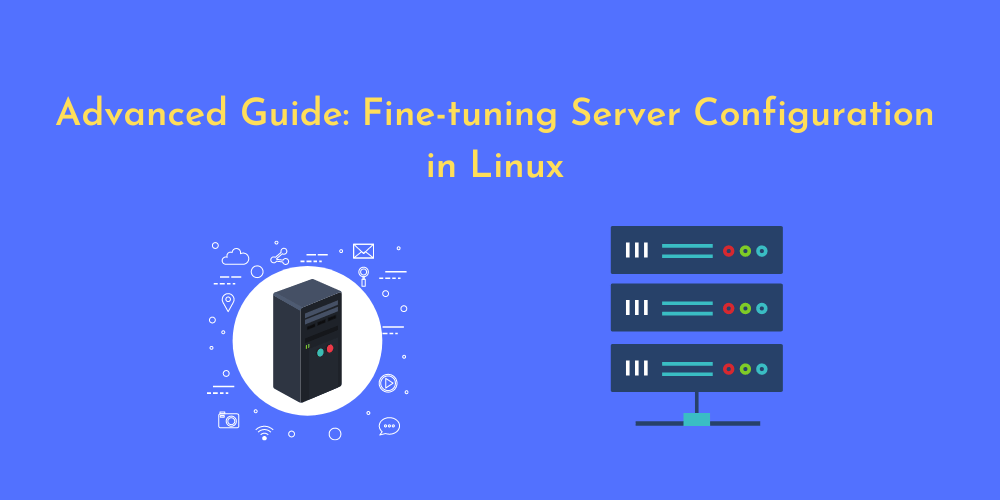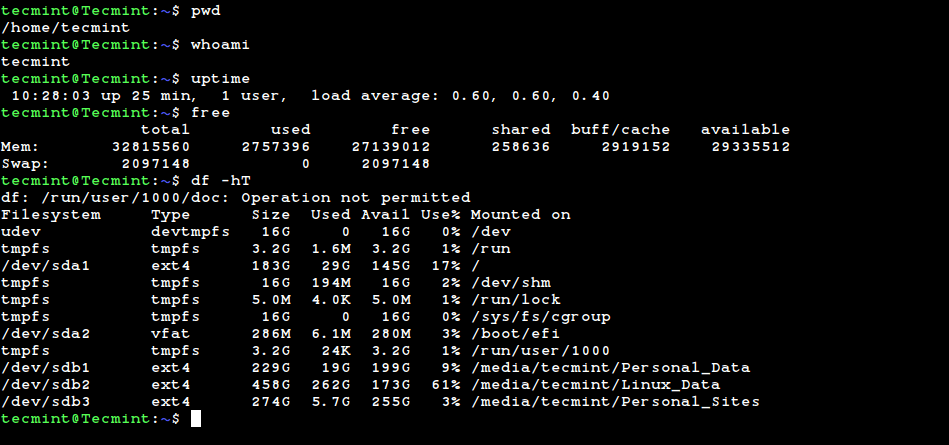Introduction
In the world of server administration, having a well-optimized and finely-tuned server configuration is crucial for ensuring optimal performance and stability. Linux, being a popular operating system choice for servers, offers a wide range of configuration options that can be tweaked to achieve the desired results. In this advanced guide, we will delve into the intricacies of fine-tuning server configuration in Linux. Whether you are a seasoned sysadmin or an aspiring server administrator, this article will provide you with valuable insights and practical tips to optimize your Linux server for peak performance.
Why Fine-tuning Server Configuration Matters
Server configuration plays a pivotal role in determining the overall performance and efficiency of your Linux server. By fine-tuning the configuration, you can customize various parameters and settings to meet the specific requirements of your workload. This can result in improved resource utilization, reduced response times, enhanced security, and better scalability. A well-configured server not only delivers faster and more reliable services to users but also minimizes the risk of downtime and system failures.
Understanding Server Configuration Files
Before we dive into the specifics of server configuration, it’s essential to understand the role of configuration files in Linux. Configuration files store the settings and parameters that control the behavior of various system components and applications. These files are typically plain text files that can be edited using a text editor or modified through command-line tools. In Linux, configuration files are often located in the /etc directory or its subdirectories. Common configuration files include /etc/ssh/sshd_config for SSH server configuration, /etc/nginx/nginx.conf for Nginx web server configuration, and /etc/my.cnf for MySQL database server configuration.
Fine-tuning Network Configuration
Network configuration is a crucial aspect of server optimization. By fine-tuning network settings, you can improve network throughput, reduce latency, and enhance overall network performance. One important file to focus on is /etc/sysctl.conf, which allows you to modify kernel parameters. Tweaking parameters such as TCP window size, network congestion control algorithms, and maximum file descriptors can significantly impact network performance. Additionally, adjusting the network interface card (NIC) settings, such as MTU (Maximum Transmission Unit) size and interrupt coalescing, can further optimize network performance.
Optimizing File System Performance
The file system is responsible for managing data storage and retrieval on your server. By optimizing file system settings, you can boost file access speed and improve overall disk performance. Linux offers various file systems, such as ext4, XFS, and Btrfs, each with its own set of tuning parameters. To optimize file system performance, you can adjust parameters like block size, disk I/O scheduler, and file system journaling options. For example, increasing the block size can enhance read/write performance for large files, while selecting an appropriate I/O scheduler can optimize disk access patterns.
Fine-tuning Memory Management
Efficient memory management is vital for maximizing server performance. By fine-tuning memory-related settings, you can optimize memory allocation, caching, and swapping to ensure optimal utilization of available resources. The /proc/sys/vm directory contains various files that control memory management parameters. Tweaking parameters such as vm.swappiness, which determines the willingness to swap memory pages, and vm.dirty_ratio, which sets the percentage of dirty pages before initiating disk writeback, can have a significant impact on memory performance. Additionally, adjusting the ulimit settings can help control the maximum memory usage for specific processes.
Optimizing CPU Performance
The CPU is the brain of your server, and optimizing its performance is crucial for achieving maximum throughput and responsiveness. Linux provides several tools and techniques to fine-tune CPU settings. One important aspect to consider is CPU frequency scaling, which allows the
CPU to dynamically adjust its clock speed based on workload demands. By adjusting the CPU frequency scaling governor, you can prioritize performance or power efficiency, depending on your requirements. Tools like cpufrequtils and turbostat can help monitor and control CPU frequency scaling.
Enhancing Security Configuration
Security is of paramount importance in server administration. Fine-tuning security configuration ensures that your server is protected against potential threats and vulnerabilities. Linux offers numerous security-related settings and tools that can be leveraged to enhance server security. For example, the /etc/ssh/sshd_config file allows you to configure SSH server security options, such as disabling root login, enabling key-based authentication, and restricting access to specific IP addresses. Additionally, tools like firewalls (iptables or ufw) and intrusion detection systems (Fail2Ban) can be used to further fortify server security.
Monitoring and Performance Tuning
Monitoring your server’s performance is essential for identifying bottlenecks and areas that require optimization. Linux provides a wealth of tools for monitoring system resources and analyzing performance metrics. Tools like top, htop, and sar can provide real-time insights into CPU, memory, and network usage. Additionally, tools like sysstat can collect historical performance data for in-depth analysis. By monitoring these metrics, you can pinpoint resource-intensive processes, identify potential performance issues, and take proactive measures to optimize your server’s configuration.
Conclusion
Fine-tuning server configuration in Linux is a critical aspect of server administration. By optimizing various parameters and settings, you can unleash the full potential of your Linux server, ensuring optimal performance, stability, and security. This advanced guide has provided an overview of key areas to focus on, including network configuration, file system optimization, memory management, CPU performance, security configuration, and monitoring techniques. By implementing these tips and techniques, you can take your server administration skills to the next level and ensure that your Linux server is finely tuned for success. Remember, a well-optimized server is a foundation for delivering reliable and efficient services to your users.




















No Comments
Leave a comment Cancel